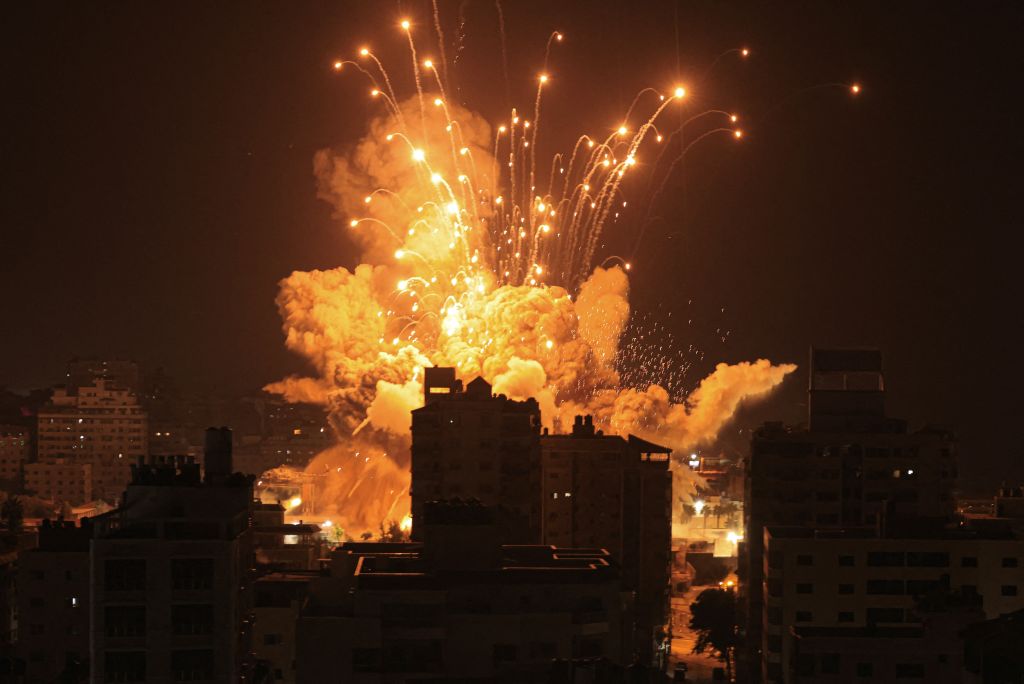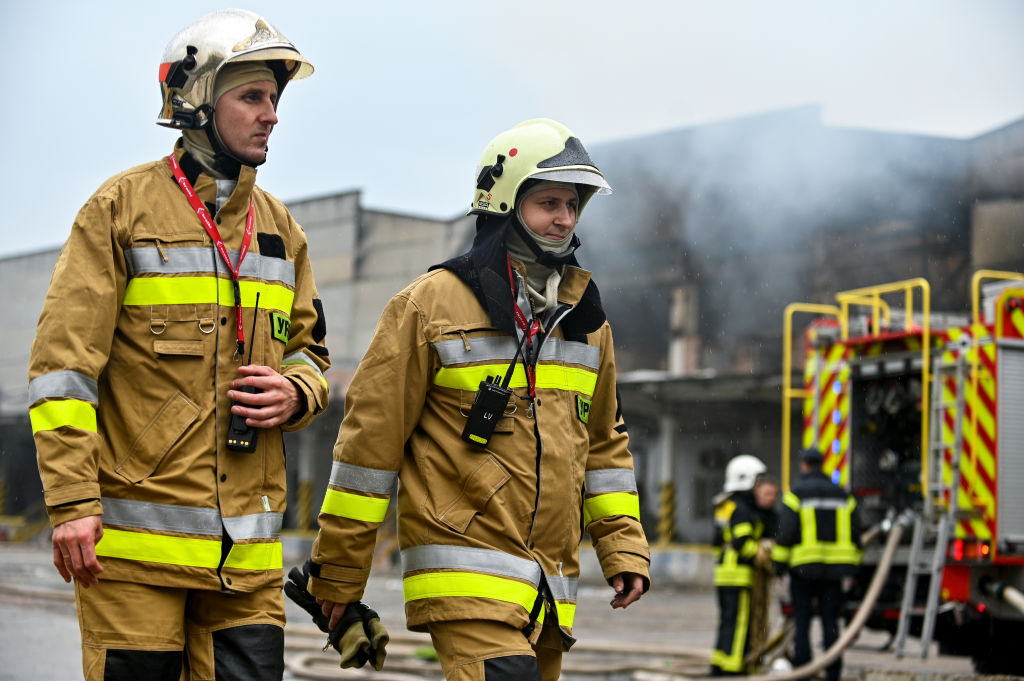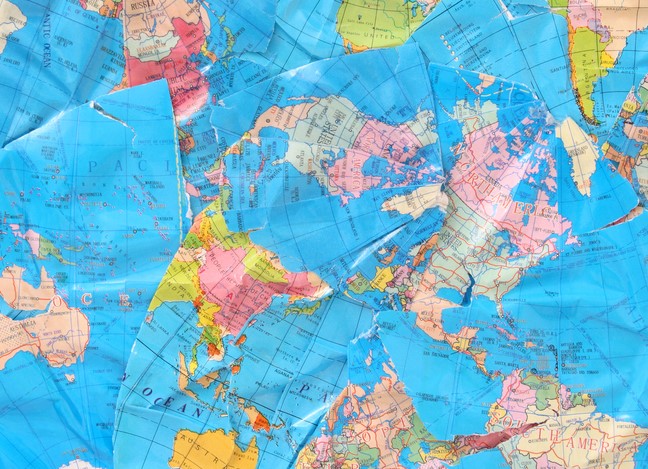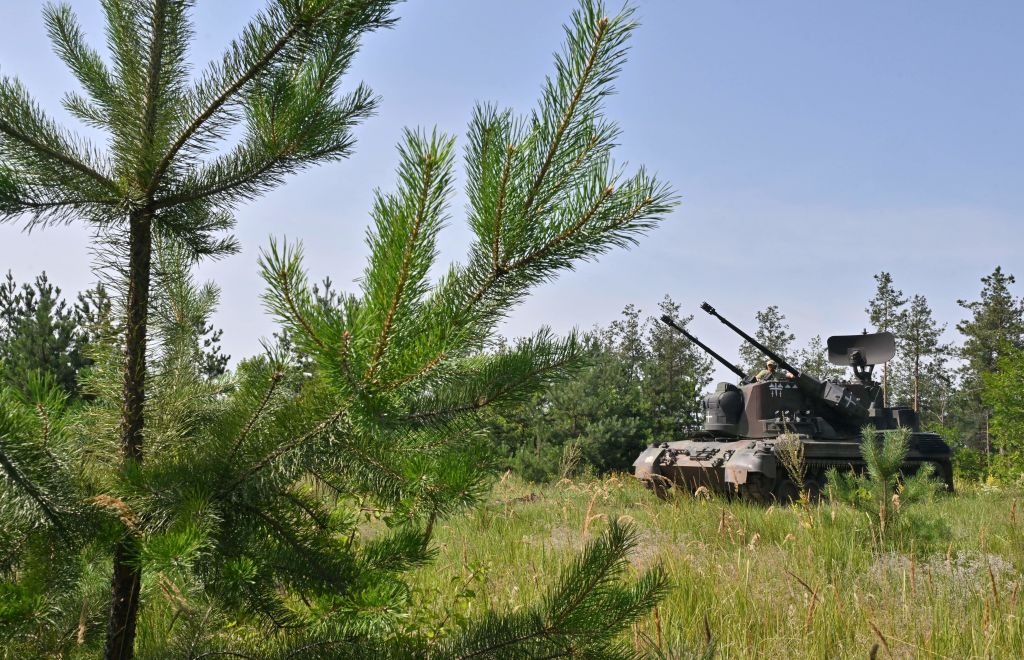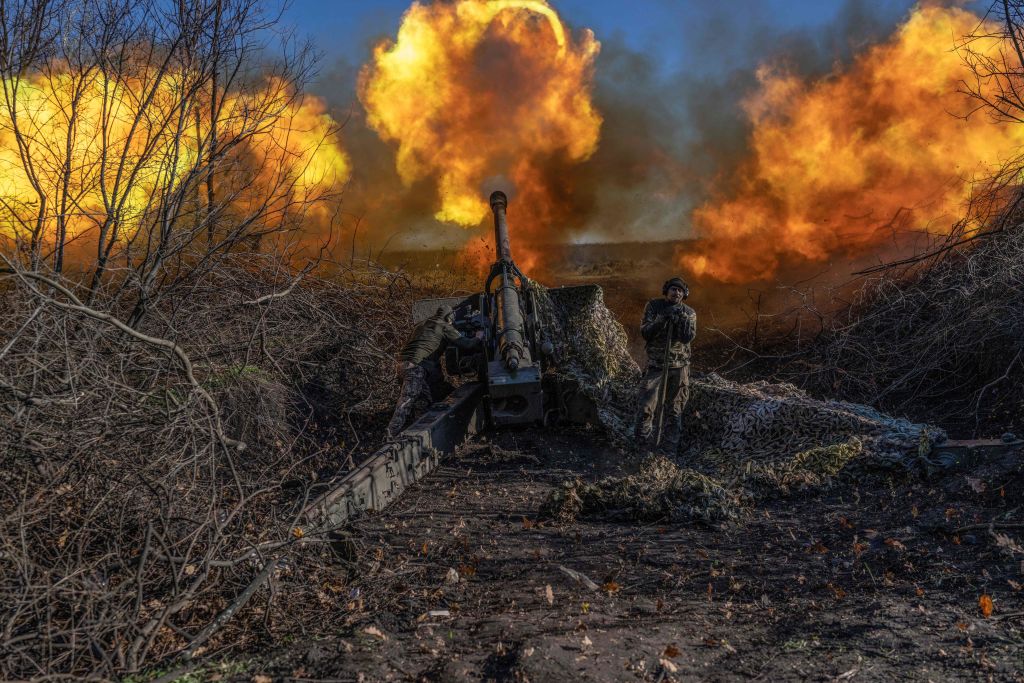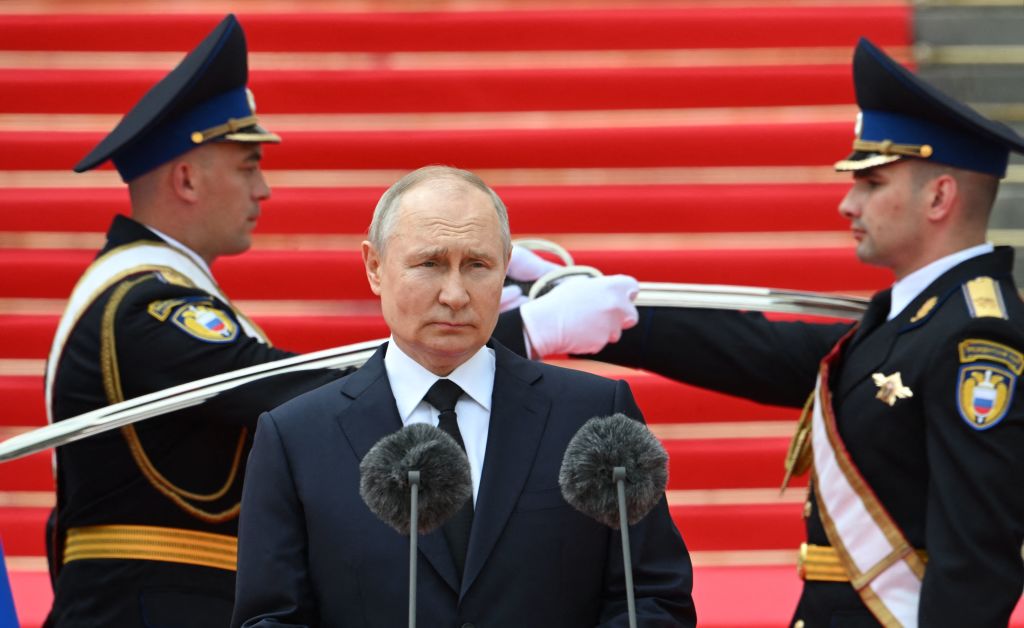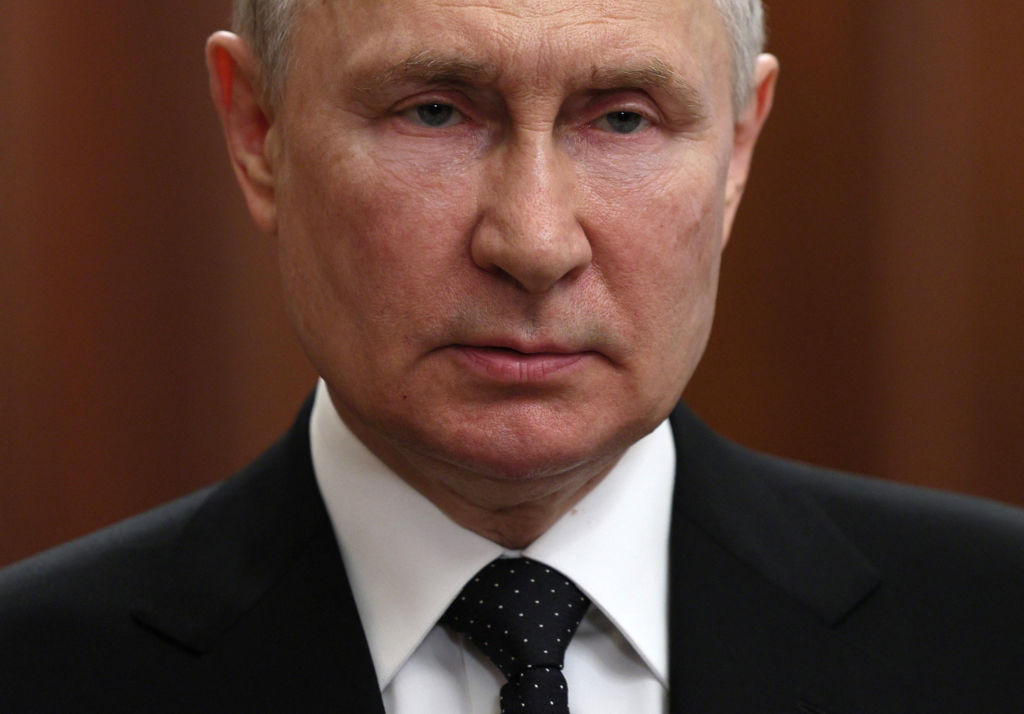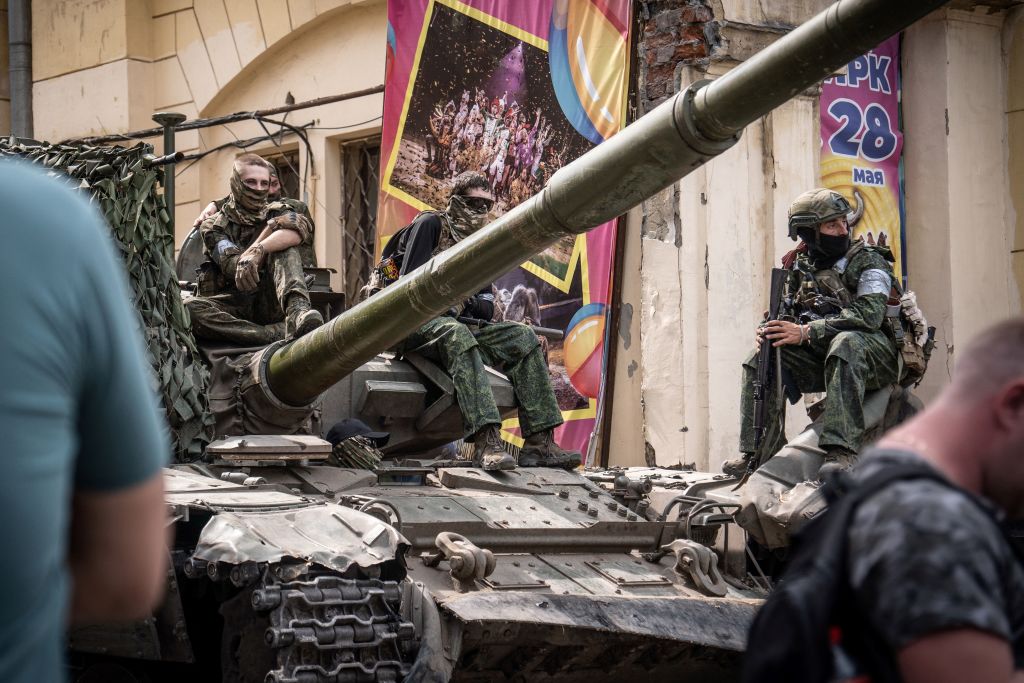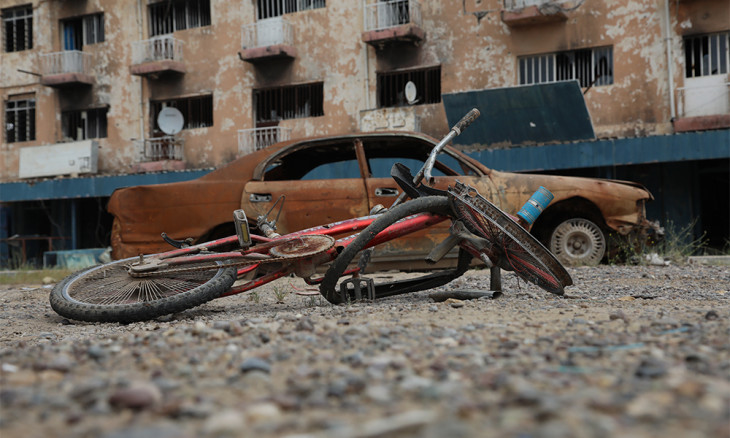The challenge of cheap drones: finding an even cheaper way to destroy them
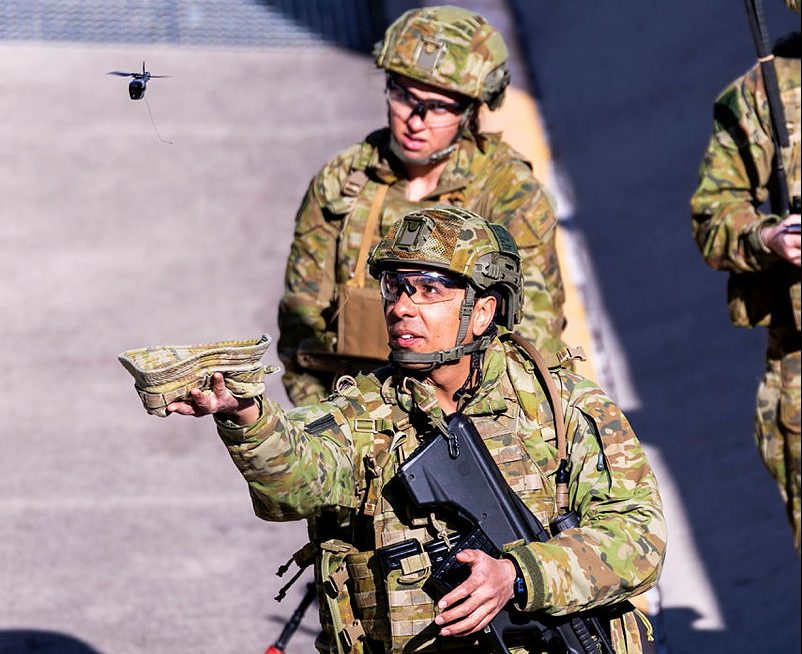
The aerial target is coming at you or your friends. It can kill any kind of vehicle, including a tank, or hit an ammunition store, command post or even a surface-to-air battery worth hundreds of millions of dollars. Or it may go after a single soldier.
Your challenge is that the target, a quadcopter drone, is really small, manoeuvrable and hard to detect.
None of that is the biggest challenge. Rather, the confounding problem is that the thing is incredibly cheap, having cost the enemy some low multiple of $1000—far less than the usual cost of shooting down anything. If you use expensive means to knock down such a drone, the other side’s easy answer is just to build more of them and exhaust your budget.
The sudden proliferation of inexpensive drones in Ukraine is a revolution in warfare. While they vary in size and capability, the economics of defence are particularly stressed by the very cheapest ones, those adapted from civilian models or made with commercially available components.
What follows is a look at the difficulties in engaging a little civil-derivative quadcopter. This article in the series particularly focusses on the challenge in developing and making counter-drone systems that use cannon to achieve more range than is available from machine guns—to increase the area that can be defended and the time available for engagement. Another article will look at other tools for defeating cheap drones, such as lasers and jamming.
Northrop Grumman of the US, MSI-DS in Britain, and Australia’s Electro Optic Systems (EOS) are among manufacturers offering systems with cannon.
Two issues arise: such weapons need a multiplicity of expensive sensors to do the job, and they must be built with high precision to hold down ammunition expenditure. So, they cannot be cheap. We can understand this if we follow their engagement sequence.
First, the defender must detect the drone. For longest-range detection, use of a search radar may be preferred—at the risk of the enemy picking up its transmissions, determining its location and attacking it.
The drone is made mostly of plastic, a poor reflector of radio energy, so the radar needs to be sensitive. It must also be set for detection of targets moving as slowly as tens of kilometres per hour, which means it will have to be clever enough to ignore reflections from birds.
In fact, a radar may be able to do that and indeed to use the characteristics of radio reflections to work out a drone’s model—handy information for avoiding destruction of friendly aerial objects.
A search radar may pick up a little drone at 5km if it has a sufficient line of sight, then classification occurs at a closer range. Such a sensor probably costs at least hundreds of thousands of dollars.
Optical detection is an alternative to radar in reasonably clear daylight but probably doesn’t offer such long range and warning time. The Mark I eyeball is particularly challenged in noticing a distant quadcopter, but a weapon system’s electro-optical and infrared cameras might be used in scan mode.
Once the drone has been detected, it must be tracked. And here we begin to deal with the problem of achieving high precision and the tight and costly manufacturing standards that it demands.
Tracking means finely measuring the drone’s position and movement. Again, a suitably high-performance radar may be used, at the risk of detection, or the weapon system can rely on its electro-optic and infrared cameras and its laser rangefinder. Taking the required data from them means knowing exactly the angles at which they are pointing.
They need to be slewed in the target’s direction very quickly, preferably automatically, to begin their work and minimise engagement time.
Tracking may need to begin at a range of several kilometres. The greater the range, the greater the distortion of observed angles by atmospheric conditions. To some extent those errors can be reduced with software.
If everything is working, the fire-control computer now knows pretty well where the little target is and how it’s moving. It can work out a future position at which the drone and a round of ammunition can come together.
The gun must now point at exactly the angles that the fire-control computer has calculated for it. Nothing in the apparatus can be wobbly.
If confident that the weapon is tracking well and that no friendly object will be hit, the gunner will fire. In the case of EOS’s Slinger counter-drone weapon, the gunner could reasonably hope to hit at 1500 metres, the company says.
If such a weapon is using 30mm proximity-fused shells, which explode when they sense something close to them, it had better knock down a quadcopter with a single round. Each shell costs something like US$1000, so using a few could easily cost more than the drone (and take more time).
Here, however, there’s an advantage for the defender. A flimsy quadcopter can cope with hardly any damage and a fragment from an exploding shell is very likely to bring it down.
The probability of hitting will vary with ranges and weather, and also from system to system. EOS says the Slinger has at least a 95% chance of downing a quadcopter with one 30mm proximity-fused round in standard daylight conditions at 1000 metres. If solid ammunition is used instead of shells, the cost per round will be much lower, but the gunner will probably have to fire a burst of several.
Cannons might also use time-fused shells, which explode at the calculated moment of interception.
The point of using cannons is to engage at a distance, but if the drone has managed to close to around 500 metres, the gunner will switch to the system’s machine gun. A burst of bullets may cost only a few dollars, and one hit will do the trick.
That sounds good, but the defender will strongly prefer that the drone never gets so close. And if the drone has escaped cannon fire in going for a target that’s too far for the machine gun to cover, then the defence has already failed.
The exact prices for these systems are not known. EOS has said that three Slingers sold last year cost less than $2 million (US$1.3 million). The ABC has reported a price of less than US$1 million per system.
That would not include the search radar, nor, perhaps, training and an initial stock of ammunition and spares, all needed to achieve operational capability.
Then there’s the question of how many such systems must be bought. If the defender needs to cover a front line and the effective weapon range is 1000 metres, then the systems will have to be spaced at less than 2km intervals, even assuming clear lines of sight.
And more will be needed in the rear, to cover other equipment and installations, and maybe more again to deal with larger drones that could reach such facilities as power stations and hospitals. If swarm drone attacks are expected, and they probably should be, defensive weapons will have to be placed thickly, reinforcing each other.
Consider, too, that crews will be needed for all those systems.
The drones are cheap, so killing them must also be cheap. But equipping an army for the task cannot be.

